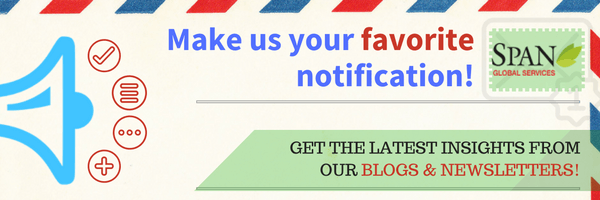You have a pancake to sell, and a list of bread-buyers to sell it to. Some like blueberries, some walnuts, some chocolate and some love all (“don’t like any” doesn’t apply to the pancake domain). Now, common sense suggests that if you pitch walnuts to blueberry-lovers you’ll have stale pancakes on your shelf. And that’s a crime. This is where list segmentation fits in, to make your pitch personalization effective, maximizing your pancake ROI.
But why to speak about an old marketing practice like list segmentation now? As HubSpot reports, unlike emerging tactics like social media marketing, the potent trend of list segmentation has not caught on. Here’s an example (reminder, actually) on how to funnel trivial real-world conversations into a secure lead generating channel.
Where is Your List Segmentation failing?
According to HubSpot reports, 52% of the marketing community feel the dire need to improve in the list segmentation criteria. The reason behind is simple actually: list segmentation is not easy.
1. Targeting Buyers to Create Necessary Segments
Even with HubSpot’s enhanced segregation tool (fig. below), it’s hard to pin-point buyer interests throughout the different stages of the sales cycle. Furthermore, the different criteria for segmenting lists make it almost impossible to create or match a particular business-oriented buyer persona.
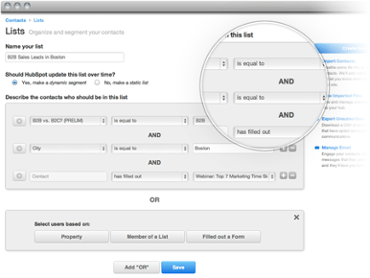
2. Tailoring Content to Suit List Segments
Endless possibilities of segmenting means endless content requirements to suit all buyer personas. Having a sufficient repository of tailored content to back corresponding email marketing pitches is one of the major challenges of list segmentation.
Repairing List Segmentation Gaps | The Anniversary Gift Analogy
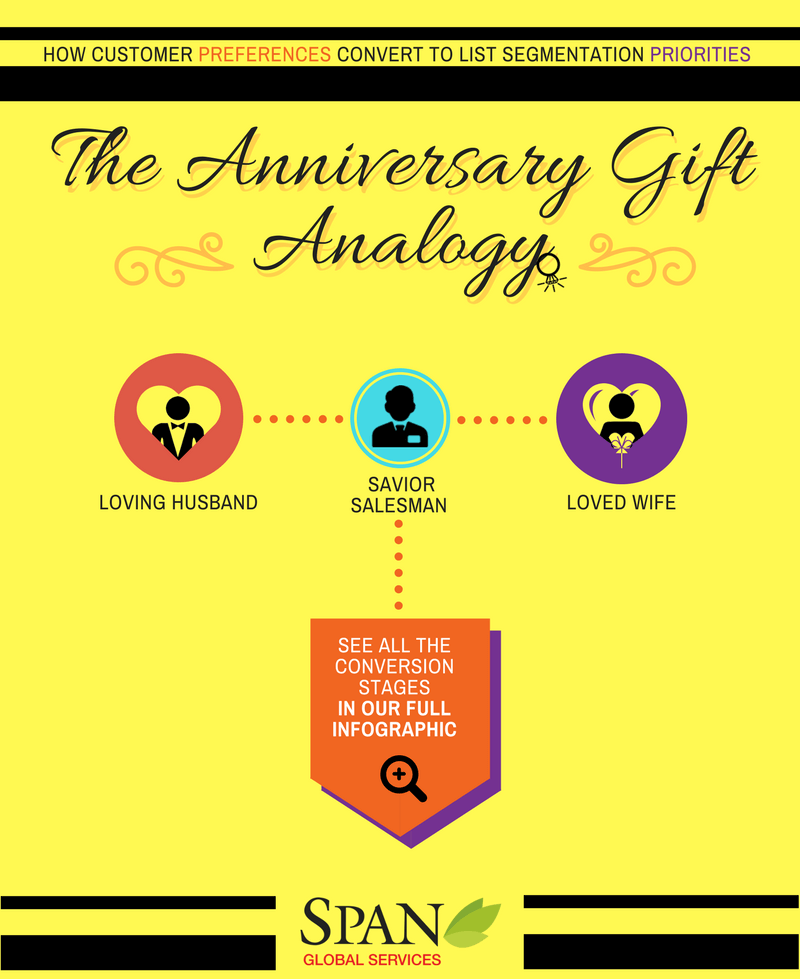
List Segmentation is a Big Priority to Maintain Competitive Edge
MailChimp Research’s current statistics showcase how each segmentation category on marketing databases perform when applied to email campaigns:
- Sample Size (Global): 2,000 users
- Campaigns Tested: 11,000
- Recipients: 9M+
Category: “Across all segmented campaigns”
An overall view of segmented list campaigns versus non-segmented list campaigns. List segmentation enables your campaigns to focus on the numero uno email marketing tactic: personalization.
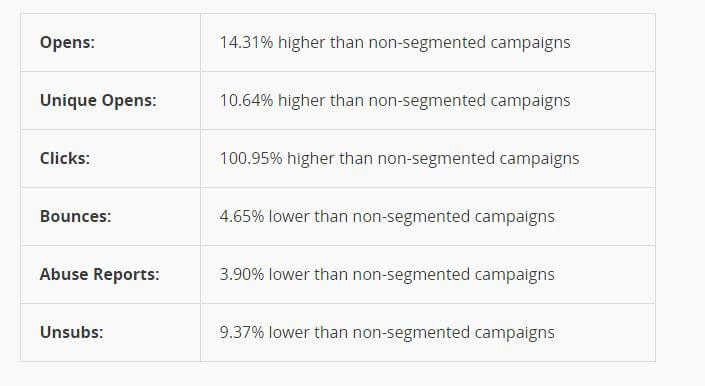
Category: “By merge fields”
Study of segmented lists based on individual fields of your marketing database. For example, “Job-title”, “Primary-” & “Secondary Industry”, “SIC Code”, “NAICS Code” etc. This a great way to validate your database contacts.
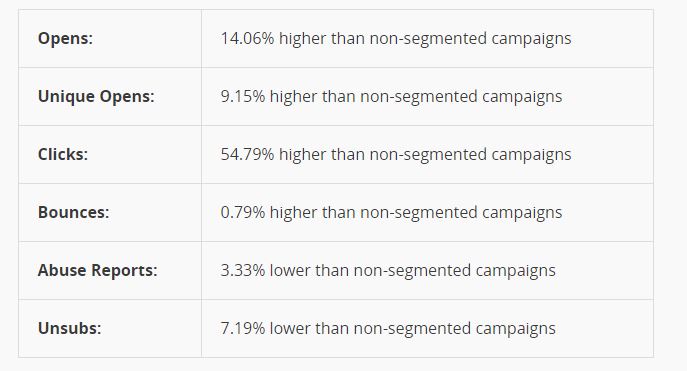
Category: “By interest groups”
Landing pages with qualifying questions can denote key prospect interests. Divide them into “interest groups”. Campaigns based on reader interests perform better.
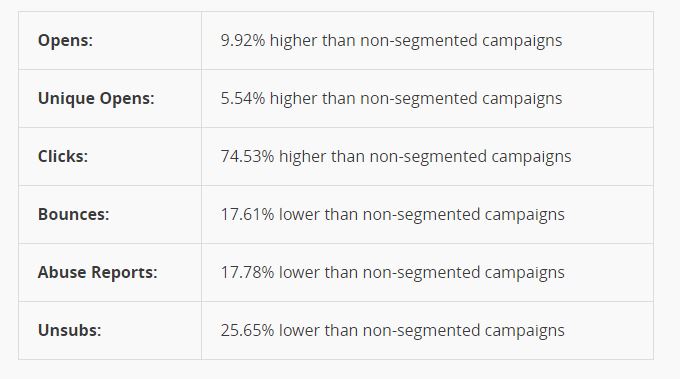
Category: “By subscriber activity”
You can check your own campaign reports and see which landing page or which CTA performed better. Re-create the successes, and segment your list based on subscriber activities on your mails. Start with identifying your most loyal readers and your unengaged subscriber-base.
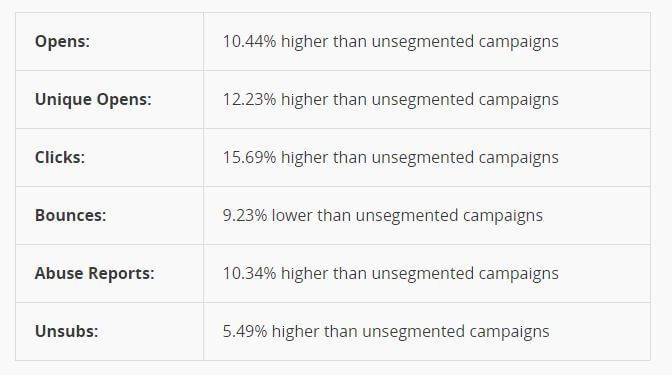
More on interest-based list segmentation on Span Global Services’ marketing resources. Contact our data experts for your one-to-one marketing consultation.
